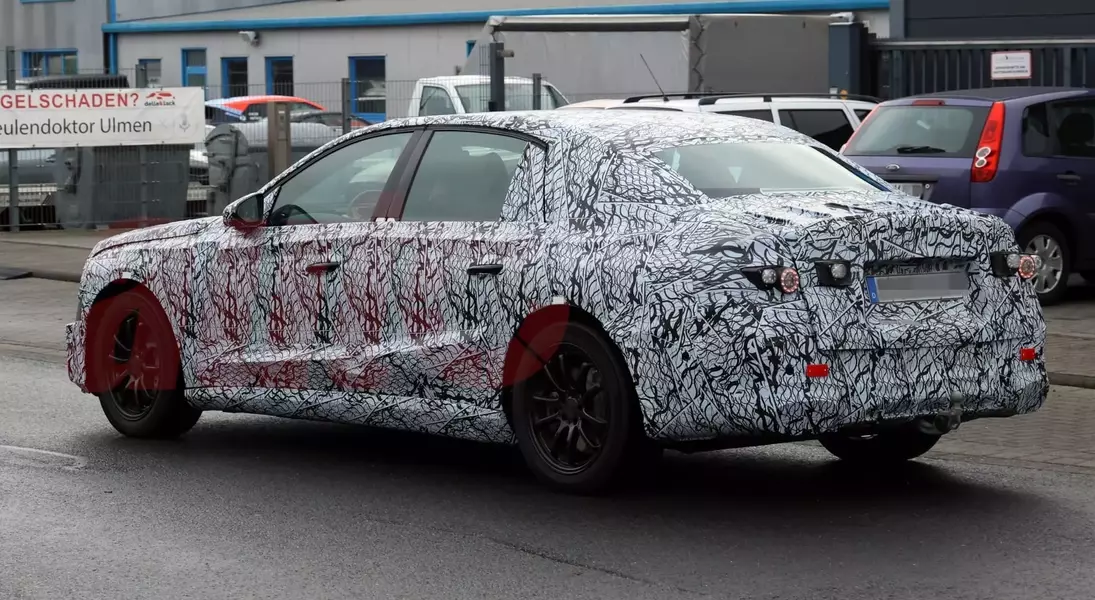
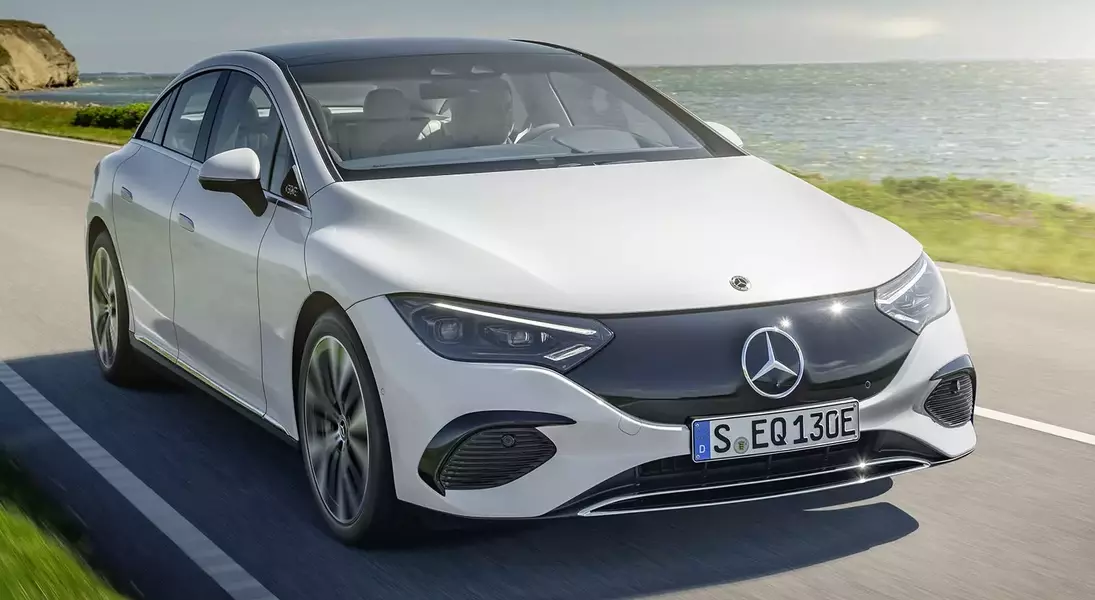
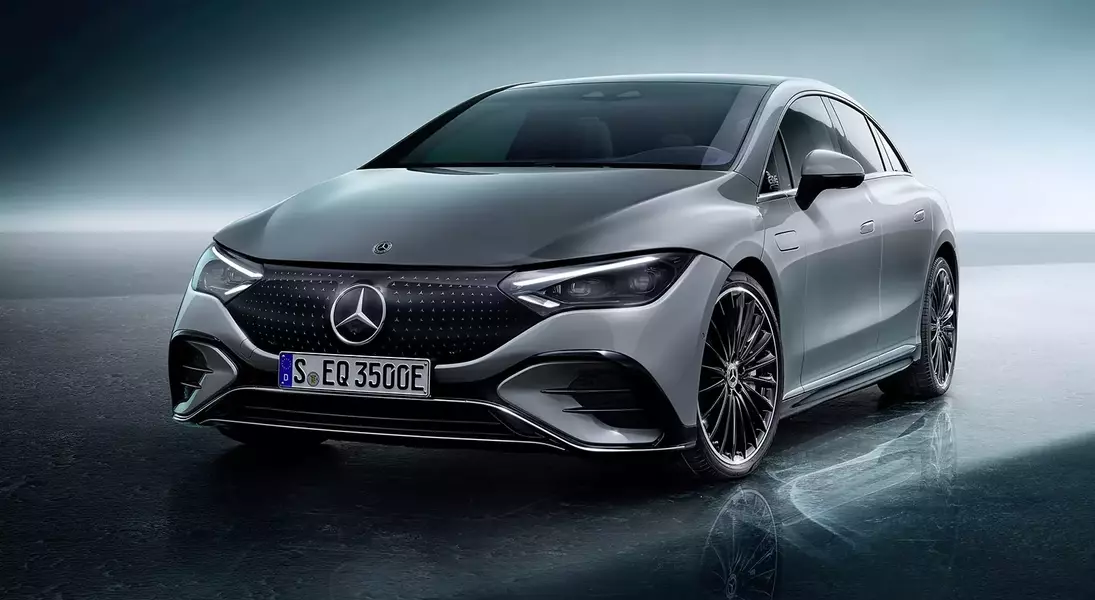
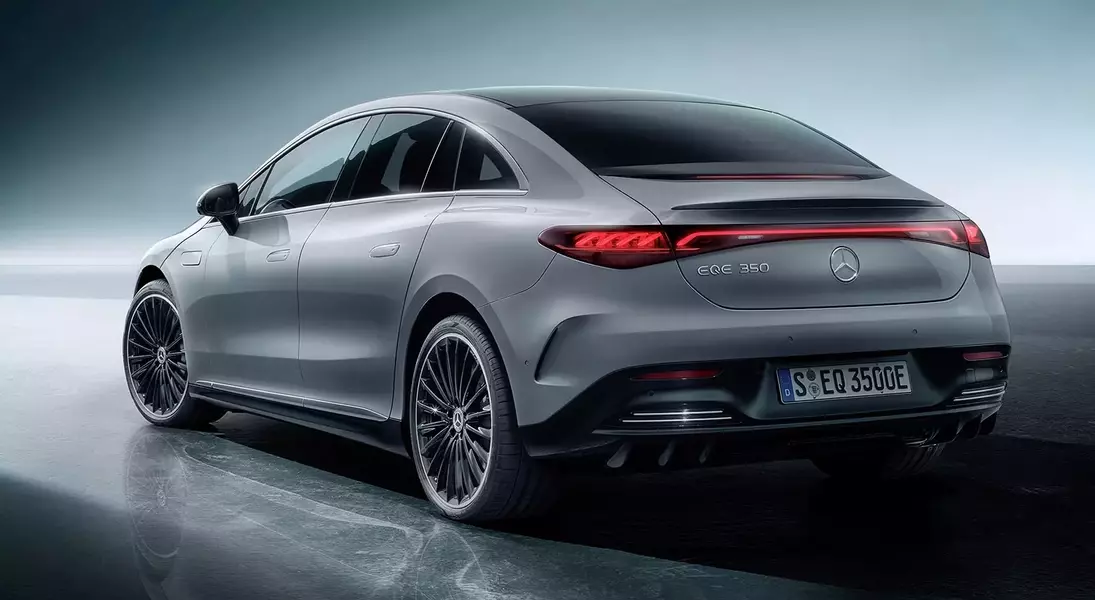
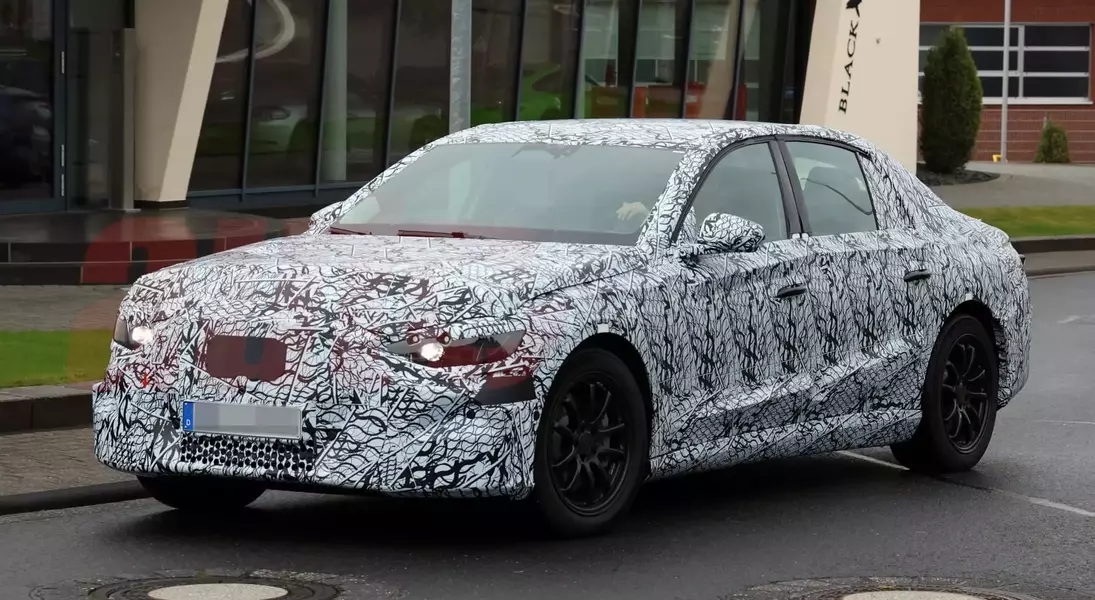
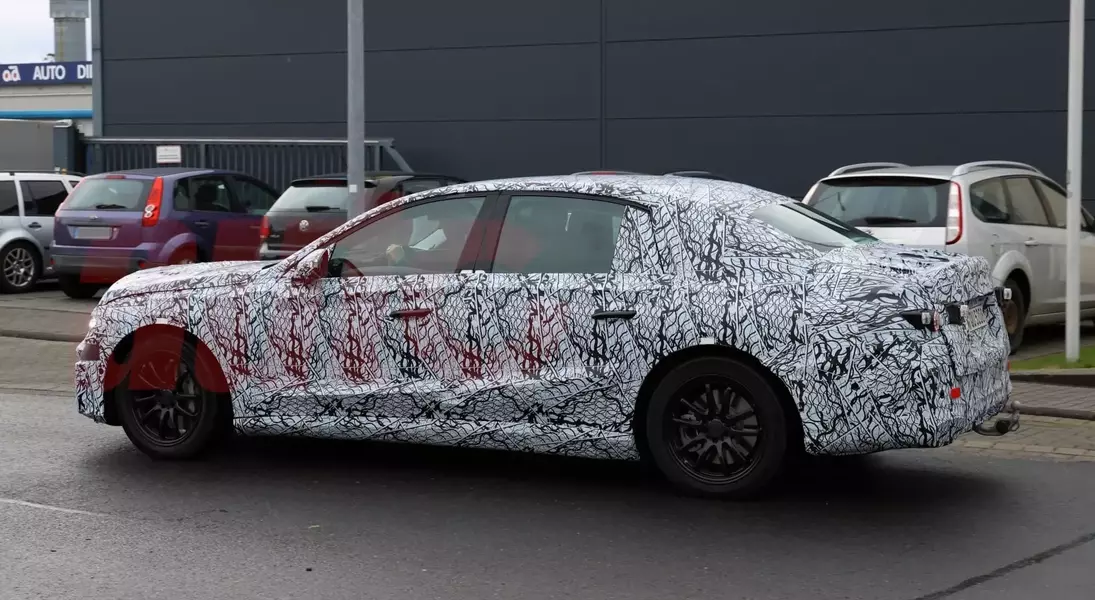
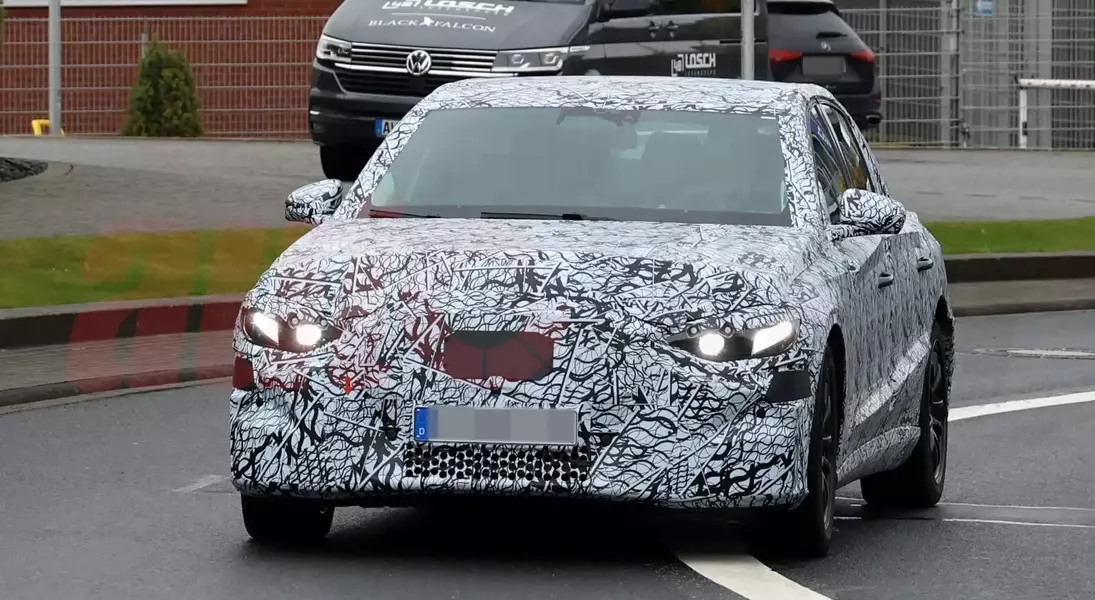


Mercedes-Benz's EQE series is nearing its end on the global stage, a decision stemming from a reevaluation of the company's electric vehicle strategy and lukewarm sales performance. Despite this, the model is experiencing a revival in the Chinese market, with a revitalized 2026 version. This strategic divergence highlights the brand's adaptable approach to different regional demands and market dynamics.
Mercedes-Benz EQE: A Tale of Two Markets
In a significant strategic move, Mercedes-Benz is reportedly ceasing the global production and sale of its EQE sedan and SUV models. This decision, observed to be a consequence of cooling electric vehicle (EV) demand and the brand's evolving electrification roadmap, marks a pivotal moment for the luxury automaker's EV lineup. The EQE, with its distinctively rounded, futuristic design, has struggled to capture the broader appeal of traditional Mercedes-Benz clientele, leading to subdued sales figures.
However, the narrative for the EQE takes a different turn in China, the world's most expansive automotive market. Amidst the global discontinuation, Mercedes-Benz has launched a refined 2026 EQE model exclusively for the Chinese consumer base. This updated iteration is not a complete overhaul but rather a meticulous enhancement focusing on technology and comfort. Key upgrades include the integration of multi-zone intelligent climate control across all trims and the extension of rear-wheel steering capabilities to lower and mid-range variants. The vehicle retains its signature 'Night Array' grille, advanced digital headlights, seamless retractable door handles, and distinctive 3D spiral taillights, all contributing to its impressive 0.22 drag coefficient. Inside, the 2026 EQE maintains its opulent, lounge-like ambiance, featuring elegant wood accents and ambient lighting. It boasts a 12.8-inch MBUX touchscreen with an intuitive zero-layer interface and 5G connectivity. Navigation is powered by Gaode Maps, enriched with augmented reality features, while the premium Burmester audio system and HEPA filtration system remain standard. Performance specifications are unchanged, offering dual 300 kW motors, 4MATIC all-wheel drive, a swift 0-62 mph acceleration in 4.9 seconds, and a rapid 10-80% charging time of 37 minutes. The rear-wheel steering system ensures an agile 10.7-meter turning diameter, ideally suited for urban environments.
While the EQE's presence in the US market continues for now, with the 2026 sedan listed at approximately $65,000, its future beyond the 2027 model year remains uncertain. The broader strategy of Mercedes-Benz involves streamlining its product portfolio, transitioning to the innovative 800V MB.EA platforms, and standardizing its naming conventions to bridge the gap between internal combustion engine (ICE) and electric models under a unified badge. This multi-faceted approach aims to bolster the brand's competitive edge against rivals and redefine its position in the luxury automotive segment.
The decision by Mercedes-Benz to curtail the global availability of the EQE, while simultaneously re-energizing it for the Chinese market, serves as a compelling illustration of the dynamic and often divergent trends in the global automotive industry. It underscores the critical importance of regional market nuances and consumer preferences in shaping product strategies. For the luxury car sector, this move could signal a broader trend of manufacturers tailoring their EV offerings to specific geographical demands, potentially leading to a more diversified and specialized global automotive landscape.
